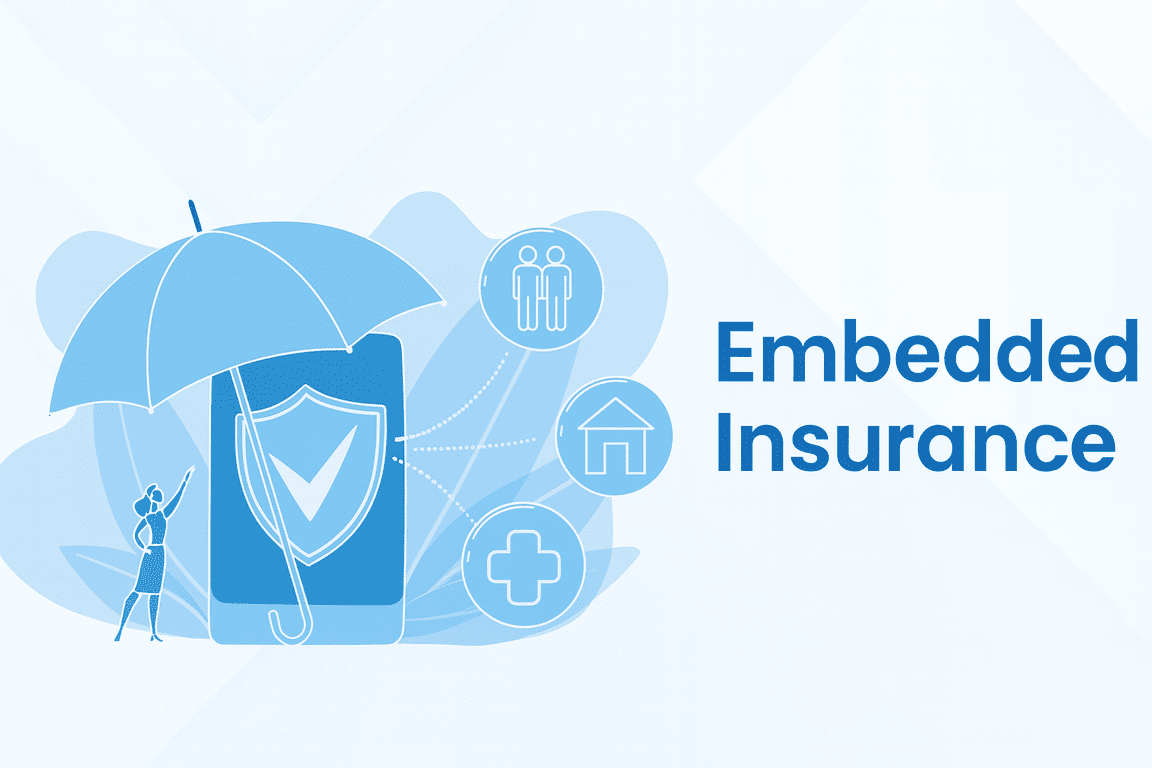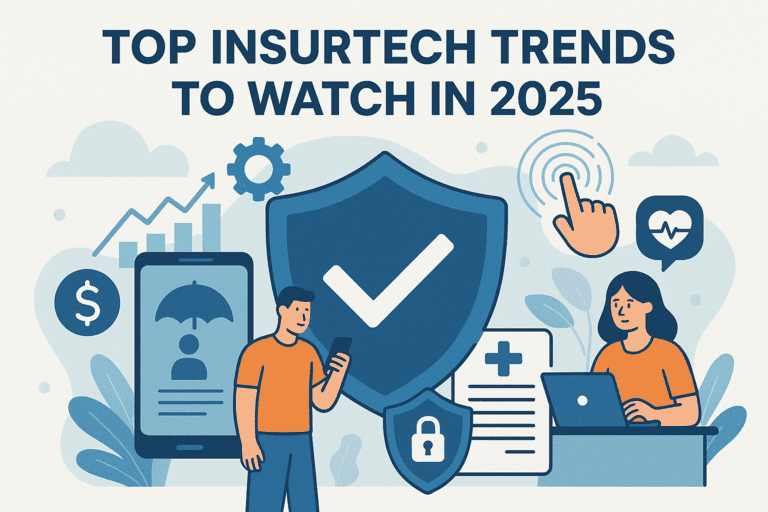Developments in technology have made a massive leap over the past two decades and keep on steadily integrating with each and every aspect of our lives. Of course, this shift couldn’t pass education by.
Technology is disrupting the way people deliver and get knowledge, going a long way toward improving teaching and learning experiences. This guide takes a closer look at educational technology trends shaping today’s educational landscape.
What Is Educational Technology and Why It Matters?
Educational technology, also known as edutech or edtech, combines computer hardware and software with educational theory and practice to improve learning.
Without any doubt, educational technology has an immense impact on education. Implementing technology in the teaching and learning processes offers plenty of benefits both to teachers and learners, including:
- expanding the array of educational tools;
- providing equal opportunities to all the participants of the learning process;
- catering to different learning styles;
- enhanced collaboration;
- ensuring fair, unbiased assessment;
- improving student engagement level;
- increasing productivity;
- more positive attitude to learning.
Top Technology Trends in Education in 2022
Contrary to popular belief, trends in educational technology go far beyond online learning platforms. In fact, virtually any innovative technology, from VR to cloud computing, finds its application in the education sector. Let’s explore educational technology trends that are disrupting education in 2022 and are sure to stay for longer.
1. eLearning
Although eLearning experienced its major boost due to the COVID-19 pandemic, it didn’t lose its role even when the coronavirus restrictions were removed. The pandemic just demonstrated that distance learning could be no less efficient than traditional classroom education. What is more, it has several decisive advantages over it, like the opportunity to study from any corner of the world and an unlimited number of students attending a course.
Remote learning became a new normal not only for schools and universities — businesses of all sizes have also started to leverage its potential for corporate training, saving considerable costs. High interest in eLearning platforms facilitates the introduction of highly-efficient, robust distance learning solutions.
2. Gamification
Gamification occupies a dominant position among the educational technology trends we’re watching today. There’s no surprise in that, since improved learning experience has become one of the primary goals of modern education.
Basically, gamification means applying game design elements to an educational setting to make learning more engaging. Artificial intelligence, big data, cloud technology, IoT, and VR are now taking gamified learning to a brand new level.
Although this trend is gaining the most traction in the context of primary education, gamification is also applied in teaching students of different age groups, allowing them to easily remember information through playing a game. Educational games help create a competitive environment in the classroom, which inevitably translates into better learning outcomes.
Content gamification has also proved highly efficient in language learning, stimulating the launch of multiple language learning apps. Without any doubt, this trend will only grow in the years to come.
3. Immersive Learning with VR and AR
Virtual reality (VR) and augmented reality (AR) have gone beyond games and entertainment today. These technologies can hugely assist educators in the learning process, making the classroom more interactive and immersive.
The benefits VR and AR bring to the classroom can’t go unnoticed. They allow learners to virtually visit any corner of the globe or explore a human heart, holding its virtual copy in their hands. The massive potential these technologies possess can be efficiently utilized with learners of any age — from nursery schools to higher educational institutes.
4. Artificial Intelligence
The use of AI has shown incredible results across a number of industries, including automotive, logistics, finance, healthcare, and others due to the increased efficiency this technology provides through automating processes. Education is no exception — artificial intelligence helps make any learning experience more rewarding and less effort-consuming. Let’s take a look at the major benefits of AI in education:
- student-centered learning: AI helps ensure that educational tools are personalized to best meet the needs of an individual learner;
- unlimited access to education: AI can make education available from any corner of the world and for anyone, including people with hearing or visual impairments;
- task automation: artificial intelligence can help teachers considerably reduce time spent grading tests, assessing homework, filing paperwork, preparing reports, etc.;
- 24/7 support: similar to chat bots we use in our daily lives, students can ask AI-powered bots questions at any time.
5. Cloud Computing
One of the most innovative trends in education, cloud computing refers to using computing resources that can be shared anywhere. Educational organizations using cloud solutions don’t need to buy and maintain servers and data centers. Instead, they can utilize cloud storage to securely save their resources with minimal hardware requirements.
In addition, cloud technology enables teachers and students to work together in a collaborative environment regardless of their location. Easy access to data, robust virtual environments, and cost-efficiency cloud computing offers are sure to keep this trend growing.
6. Blockchain Technology
Initially meant for storing cryptocurrency, blockchain is known for making the history of digital assets impossible to modify and ultimately transparent through cryptographic hashing and decentralization. This technology is used for similar purposes in the education sector.
Using blockchain belongs to one of the increasing technology trends in higher education — it is truly revolutionizing the way records of student credentials and certificates are kept. Decentralization removes the need to verify degrees and other academic papers, effectively fighting fraud.
7. Big Data Analytics
Another modern world’s buzzword, big data analytics, has also deserved a place among the current technology trends in education. Big data analytics refers to using advanced analytic approaches to manage large, diverse big data sets from different sources.
Speaking of the education sector, big data analytics helps to effectively analyze massive data and provides administrators with valuable insights for more informed decision-making. For example, big data analysis helps spot areas where learners struggle or succeed, better understand their individual needs, and develop more effective strategies for personalized learning.
8. Social Media Learning
Once known as a primarily communication tool, social media have become a part of the learning process these days. Since it doesn’t require any sophisticated technology — just a social media account and smartphone or computer — learning through social media has become one of the most viral current trends in education.
The concept behind this trend is fairly straightforward, too: social media act as online learning platforms where teachers post educational content, and students use it for learning. In addition, a social media app allows the participants to easily interact with each other, share learning materials, and start group discussions. Of course, social media are here to stay and build a culture of collaboration and sharing, leading to an improved learning experience.
9. Video-Assisted Learning
As its name suggests, video-assisted learning is a teaching approach that uses videos to improve comprehension, cognitive ability, or social-emotional skills in learners. Today, educational videos have become more accessible than ever, allowing teachers to increasingly use this resource.
Of course, videos can’t substitute all other teaching methods and are used as supplementary materials. While video-assisted learning can be used in a traditional classroom, it’s a great way to enhance online learning experiences as well. And it’s not only about schools — video-assisted learning is one of the growing higher education technology trends, too.
10. Internet of Things (IoT)
The education sector has already started to adopt The Internet of Things (IoT). While the IoT has been disrupting many areas of our everyday lives for the last couple of years, it’s something totally new for education.
Besides implementing the IoT to improve the safety of their campuses and monitor key resources, schools utilize smart devices that use WiFi networks for receiving and sending instructions. In addition, IoT is used to record attendance through biometrics, track school buses, and monitor the time taken by individual students to complete tasks.
11. Interactivity
Technology helps make learning more interactive, effectively complementing traditional methods of teaching. Interactivity can be achieved through various means, cutting-edge technologies certainly not lagging behind. For example, learning with eBooks can become more interactive thanks to embedded video or audio files, not to mention augmented reality that allows for immersive interactions with the educational content. Modern technologies breathed a new life into the flipped classroom model, which suggests that students learn at home and do practical work in class.
12. Technologically-Supported Collaborative Learning
The collaborative learning approach involves learners working in small groups — either working on separate tasks and contributing to a common overall outcome or working together on a shared task. Apart from acquiring knowledge and skills determined by the curriculum, collaborative learning goes a long way toward developing interpersonal skills and fostering a culture of collaboration in children.
With the help of modern technologies, collaborative learning became possible in the context of distance learning, effectively removing the need to collaborate in person in order to acquire critical 21st-century skills.
Conclusion
Education is important, so there’s no wonder that the cutting-edge technology advancements are disrupting education at virtually the same pace as, let’s say, healthcare and business.
Some trends in educational technology, such as the IoT or big data analytics, are just starting their way in the education sector, while eLearning and gamification have already been around for a while but gained momentum due to the COVID-19 pandemic.
Modern technology offers a wide array of powerful tools to make education more accessible and highly effective while providing learners with gratifying learning experiences.



